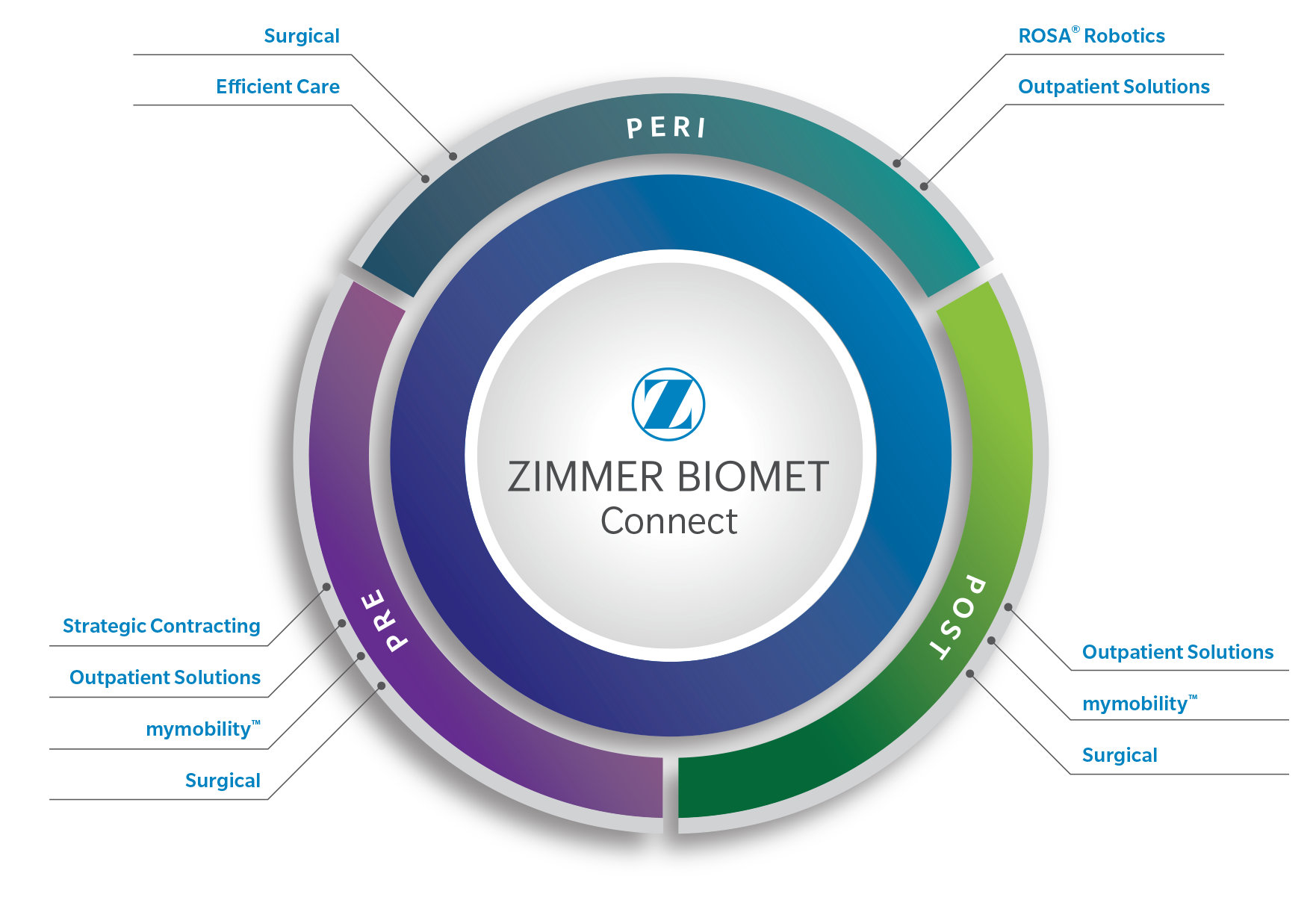The goal was simple.
The Comprehensive Reverse Shoulder System was born from a desire to provide a complete shoulder arthroplasty solution to surgeons, without compromise.
Now, this spirit of innovation lives on through evolved solutions
for challenging cases, including Comprehensive Vault Reconstruction
System (VRS), Segmental Revision System (SRS) for reverse and
anatomic, Augmented Baseplates and Mini Humeral Trays and
Bearings.
Confidently approach clinical challenges with
proven technologies, versatile innovation and market-leading simple
solutions in the Comprehensive Reverse Shoulder System.





